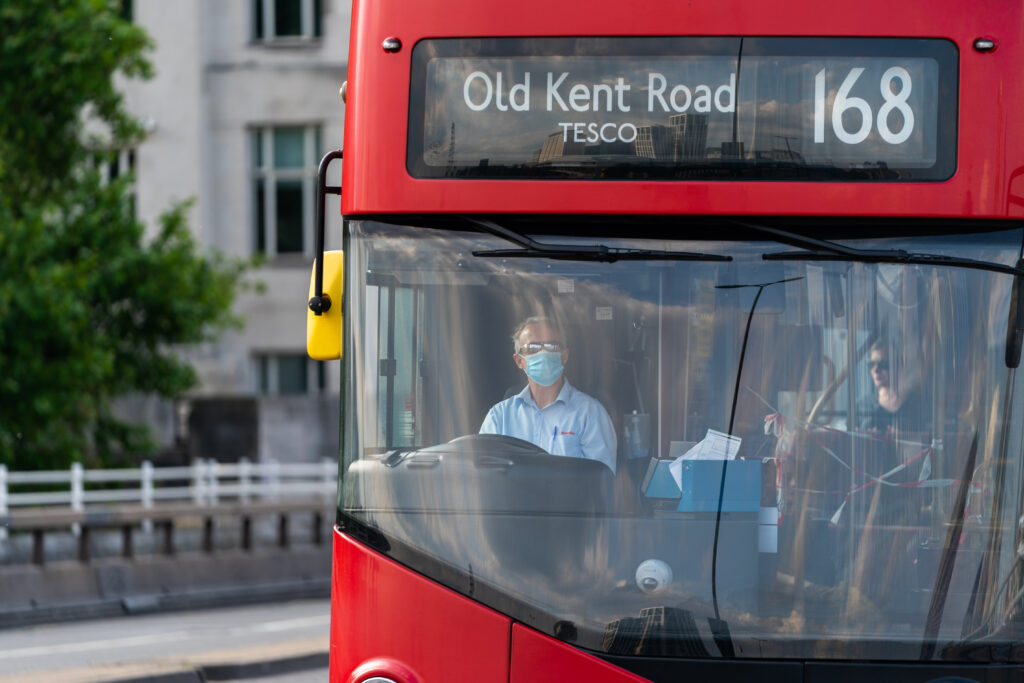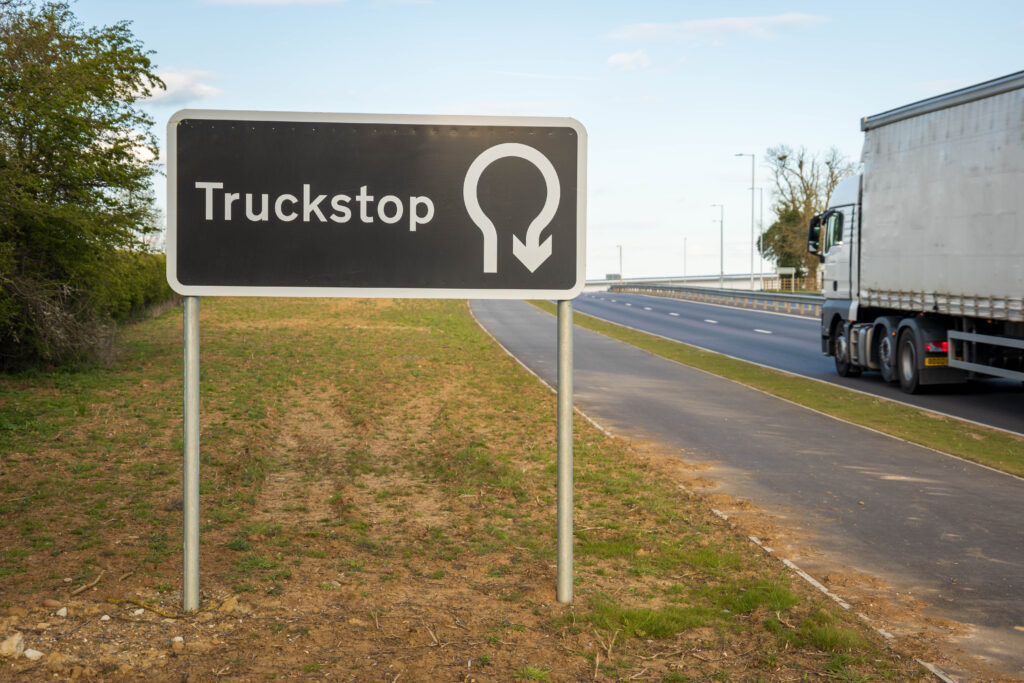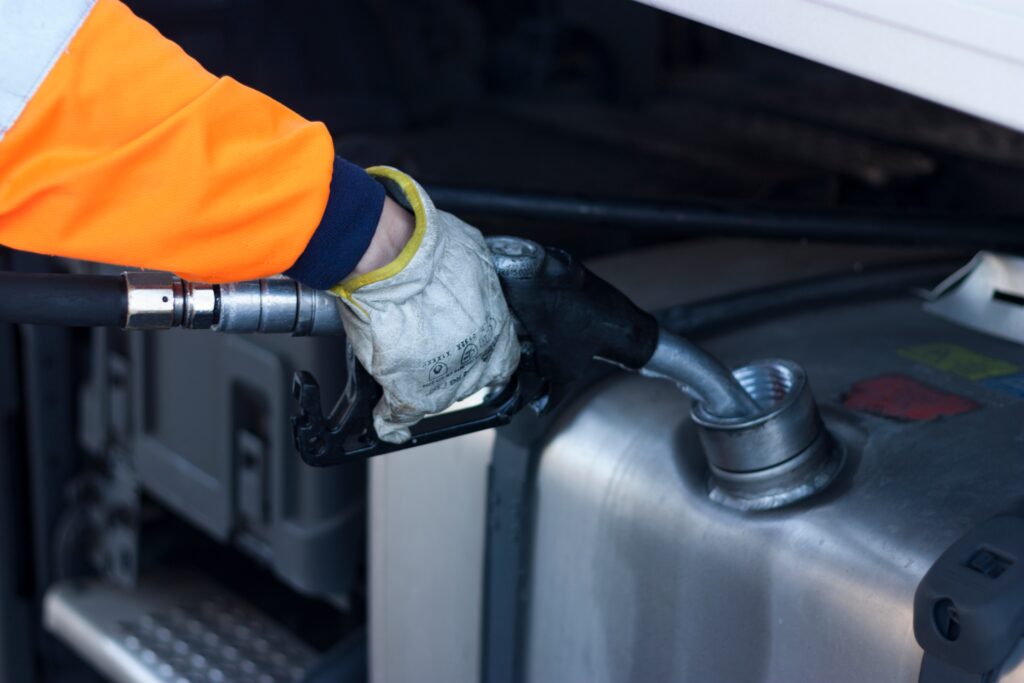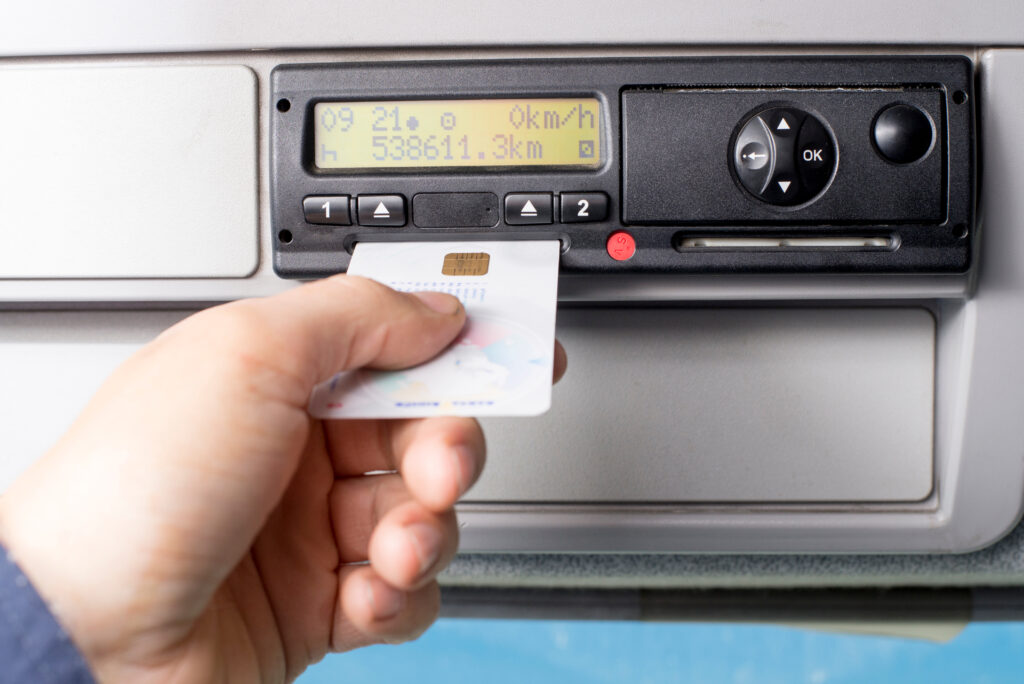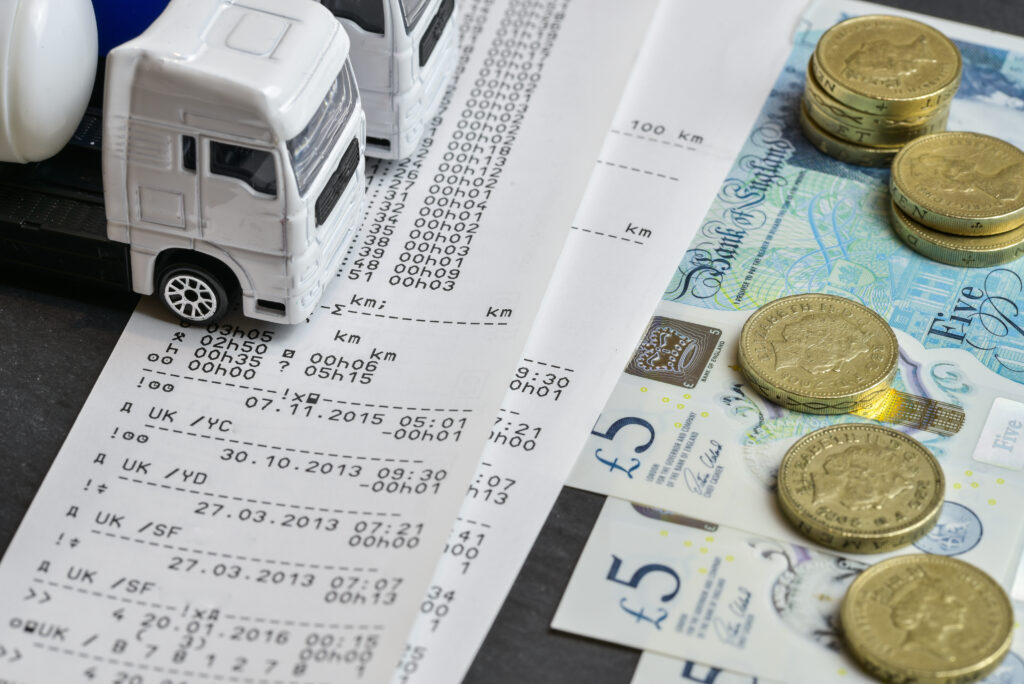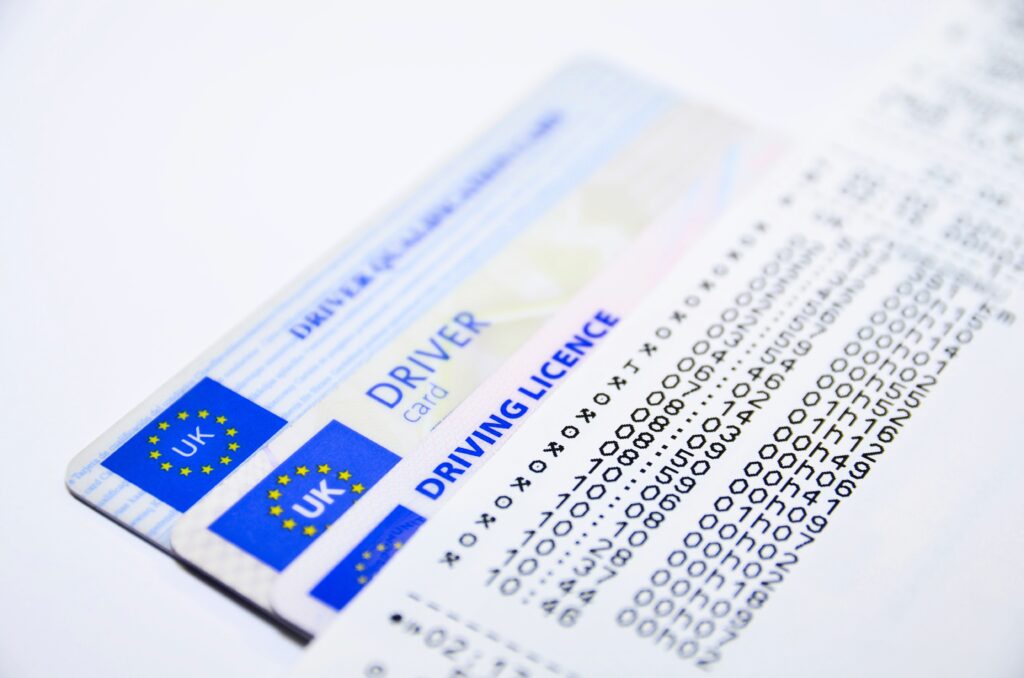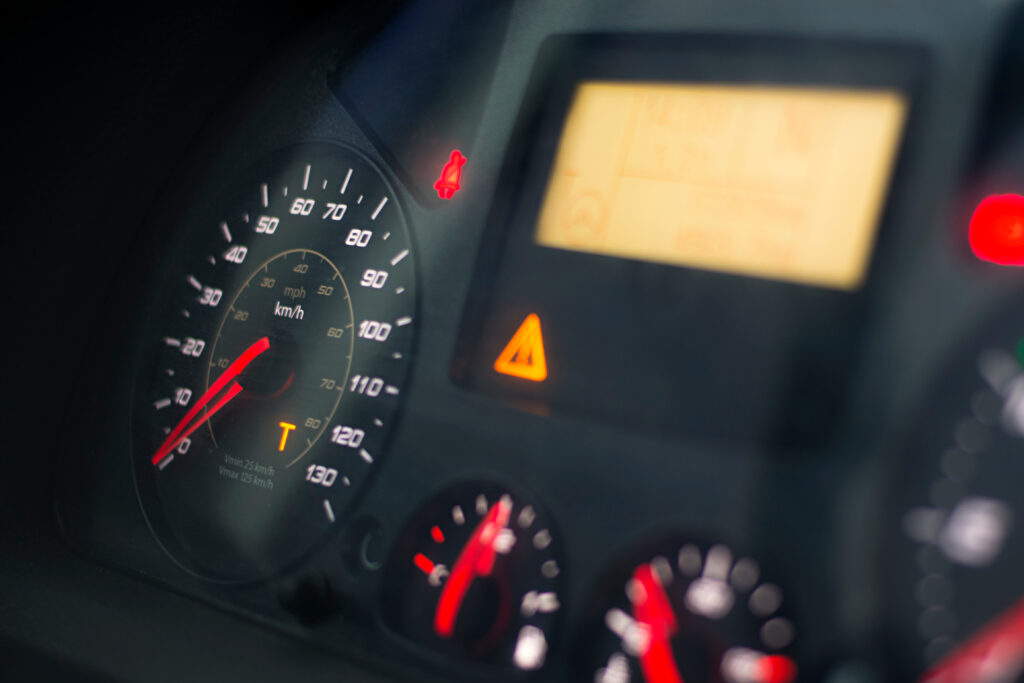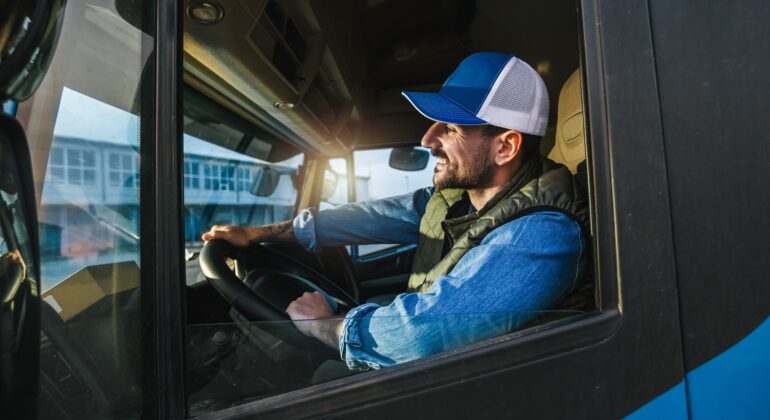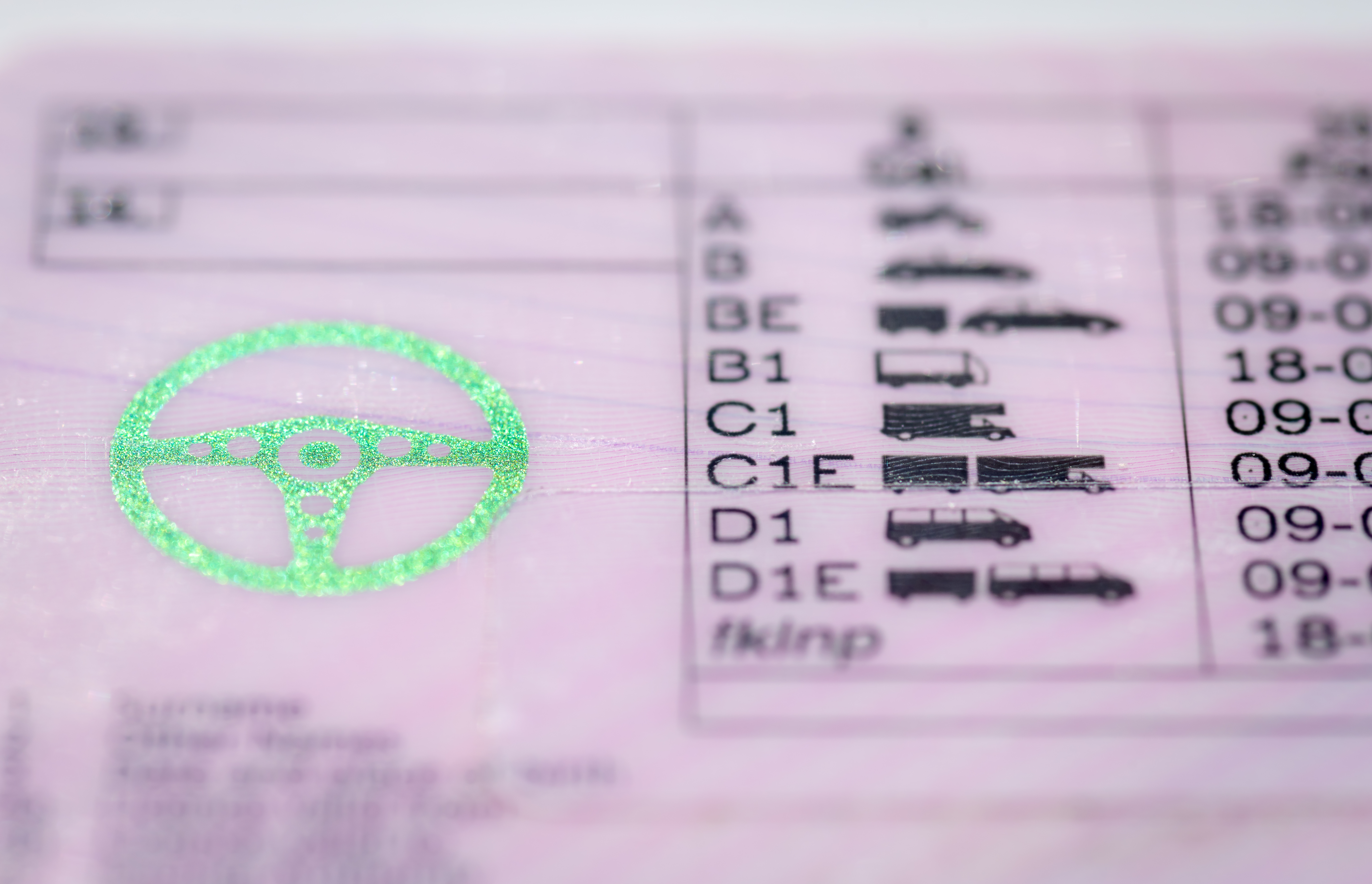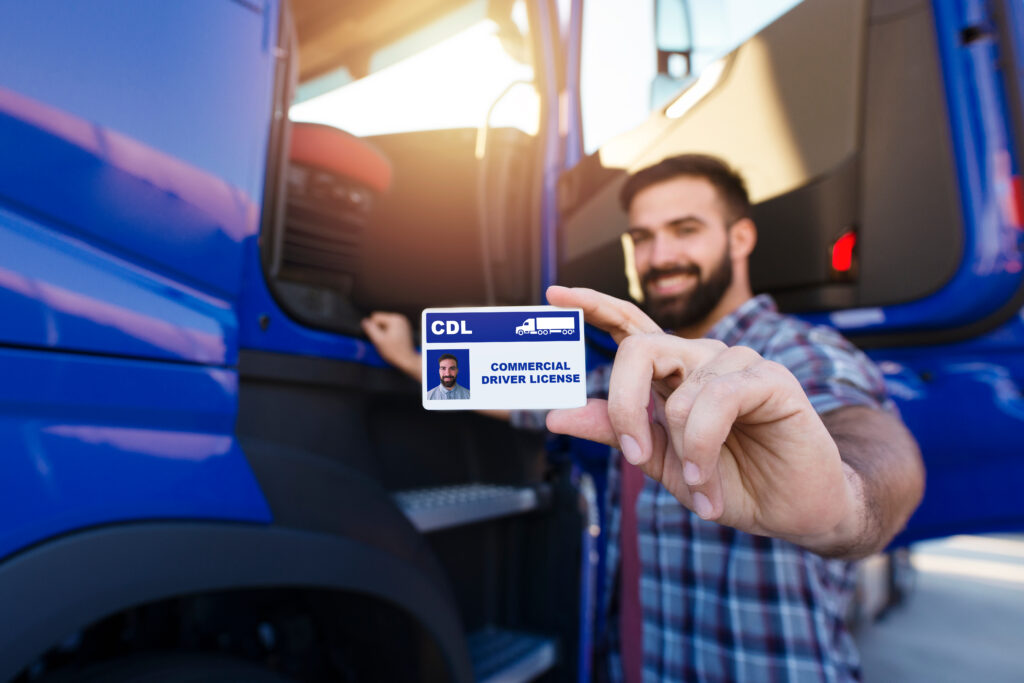If you’ve been considering driving vehicles professionally and have been putting in some research, two terms you’re likely to have come across are ‘PSV licence’ and ‘PCV licence.’
With so many licences being thrown around these days, with seemingly every letter of the alphabet up for grabs, it can be difficult to know which specific licence you need to make the career switch that’s right for you.
Don’t worry, HGV Training Network is here to help.
We’re home to over 50 HGV training centres across the UK, helping you pick up the skills and knowledge you need to get behind the wheel for a living in a place that’s convenient for you, whatever you want to drive.
Click the links above to learn more, or keep reading to discover whether a PSV or PCV licence is the right move!

What is a PSV licence?
PSV stands for ‘Public Service Vehicle.’ In short, a PSV licence allows you to drive vehicles designed to transport multiple passengers for payment.
However, it’s important to note that ‘PSV’ is not the recognised abbreviation anymore, hence the common confusion. Today, PCV is far more common… more on this in a moment.
When you undergo PCV training with HGVTN, you’ll be training to drive:
- Buses and coaches with up to 64 passengers (known as a Category D licence)
- Minibuses with up to 16 passenger seats (Category D1 licence)
This opens you up to a wealth of opportunities in professional driving. You’ll be able to drive the many buses you see rolling along the streets of Britain every day.
Or, for something a little bigger and wide-ranging, you could end up driving much larger coaches, for those long-haul coach trips people up and down the country know and love.

What does PCV stand for?
PCV stands for ‘Passenger Carrying Vehicle.’ Before confusion truly takes over, let us set the record straight for you:
There is no difference between a PSV licence and a PCV licence.
It’s simply different terminology for the same certification, with ‘PCV licence’ being the more recent of the two.
PCV has become the preferred usage since EU driving regulations were updated several years ago, hence why PSV has taken a back seat (pun intended!).
In other words, when researching which of these licences will serve you best, start by looking up ‘PCV licence training’ but you’ll likely be steered in the right direction either way.
PCV training, much like your standard driver training, involves a mix of practical training and theory revision, before completing a practical driving test, relevant theory tests and a hazard perception exam.
So if you’re already an experienced driver with a standard car licence, these steps won’t feel new to you.
Did You Know: You could earn your PCV licence in as little as eight weeks, on average? Speak to a member of the team today to learn more.

Pros and cons of a PCV licence
Compared to other forms of professional driving, PCV licences allow you to partake in journeys and jobs you may find more appealing than others in the industry.
Having said that, you may be at the opposite end of the spectrum. It all depends on your personal preference and temperament!
Here are a few pros and cons of a PCV licence for you to consider:
Pros of a PCV licence
- Job availability – Bus and coach drivers are in high demand at the moment.
- Variety – Alternating routes can be a welcome change to familiar settings.
- Interactions – You’ll get to speak with new customers every day.
- Good pay – PCV licence holders often take home impressive salaries, depending on the location.
Cons of a PCV licence
- Traffic problems – There will always be some road-related issues you’ll need to deal with.
- Responsibility – When you’re at the wheel, all passengers in your vehicle are in your care.
- Physical demands – Sitting at the wheel of a large vehicle for long hours can sometimes put a strain on your body.
If you think another form of driving licence would be more up your street, get in touch with the team at HGVTN – we guarantee we’ll have something to suit your taste!

What is a CPC licence?
When studying for your PCV licence, it’s also a legal requirement for you to complete CPC training.
CPC (Certificate of Professional Competence) is a compulsory qualification for bus, coach and HGV drivers that proves you’re willing and capable of upholding all relevant safety procedures when out on the open road. For your own safety and that of those around you.
Once you’ve earned your CPC, you’ll need to complete 35 hours of training once every five years to keep it. At HGVTN, your CPC modules are included as standard in your PCV training, so you needn’t worry about seeking them out elsewhere.
Begin training for your PCV licence and get on the road with HGV Training Network
If you’re ready to take the next big step in your driving career, or get a brand new career in the driver’s seat off to a fantastic start, HGVTN is here for you.
Our experienced and qualified instructors will help you pass your practical test with flying colours, while arming you with all the know-how and confidence to do the same with your theory and hazard exams, so you can start applying for new roles quickly.
To find out more about PCV driver training, or for any more information on the multiple training courses we have available, speak to a member of the HGVTN team today.


















